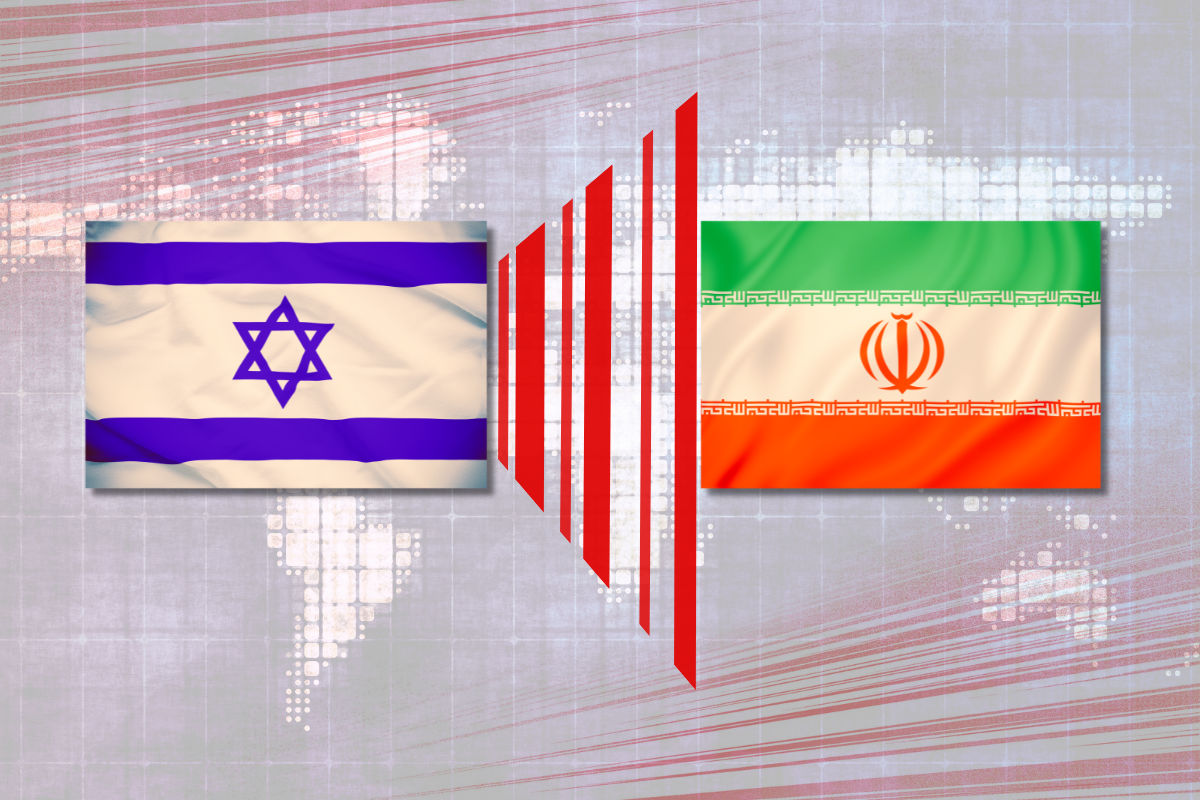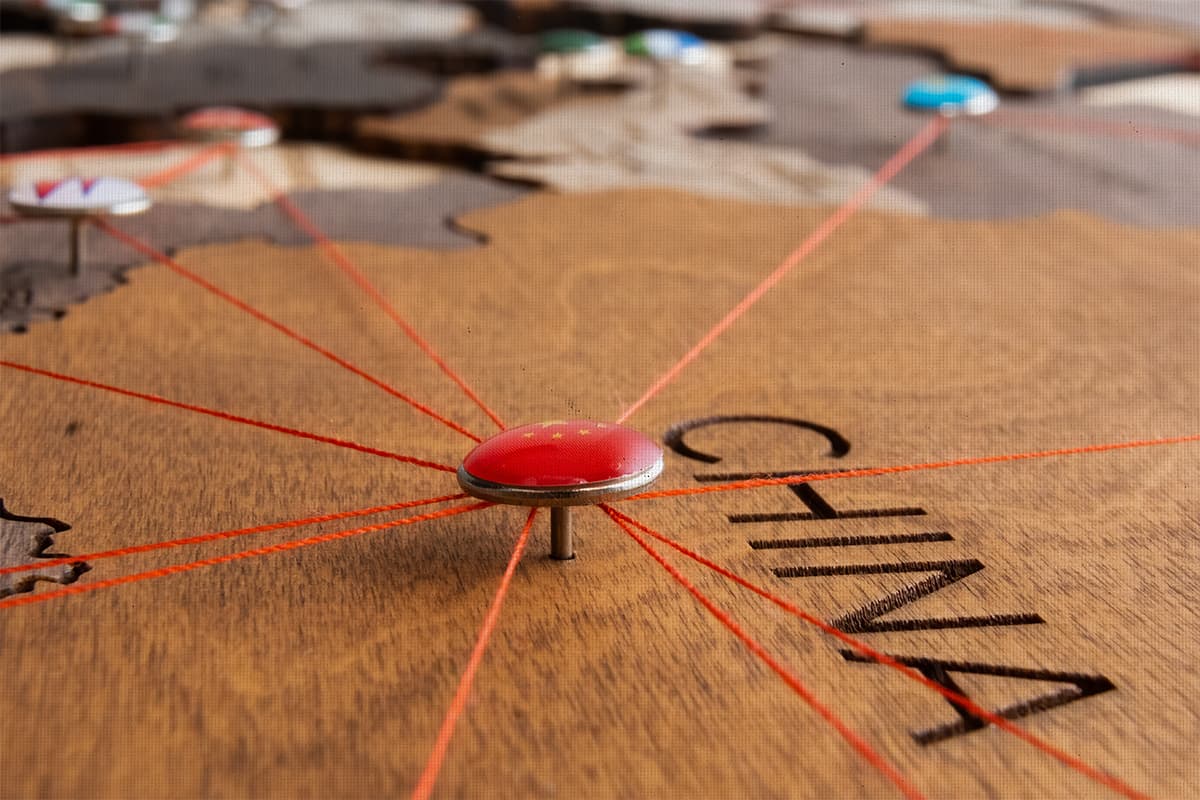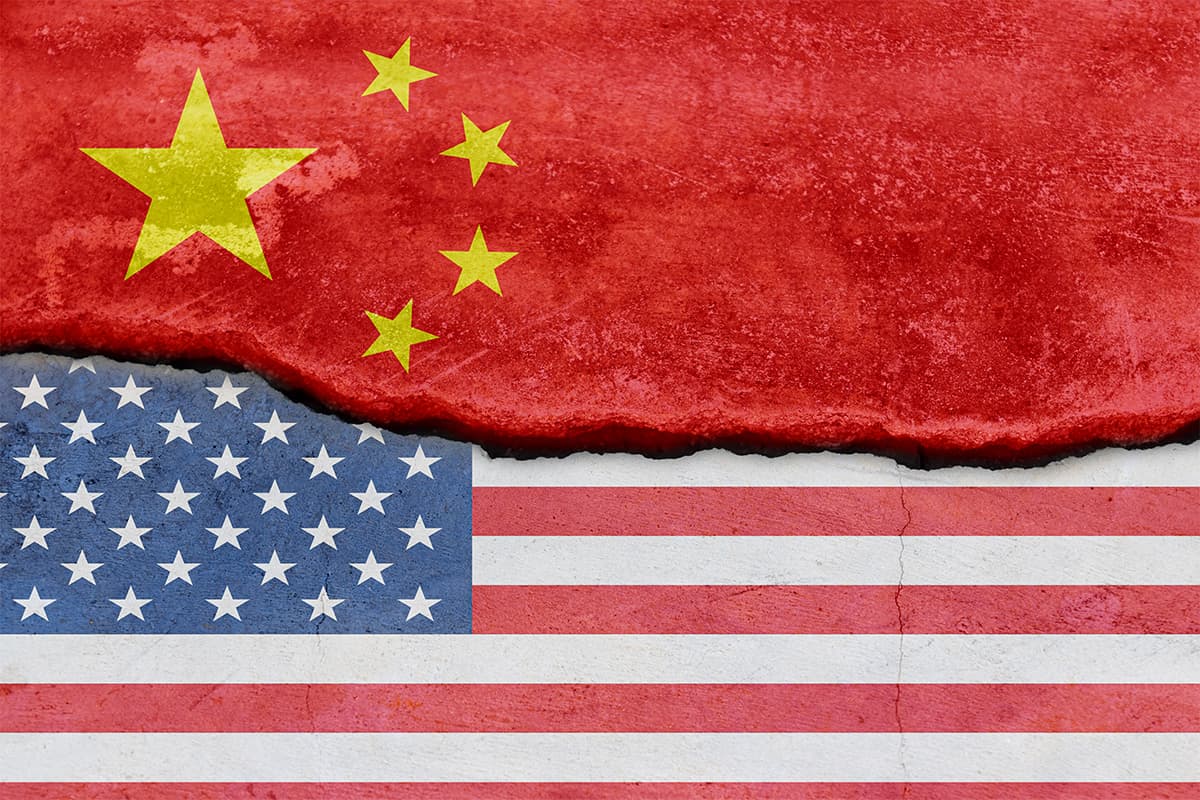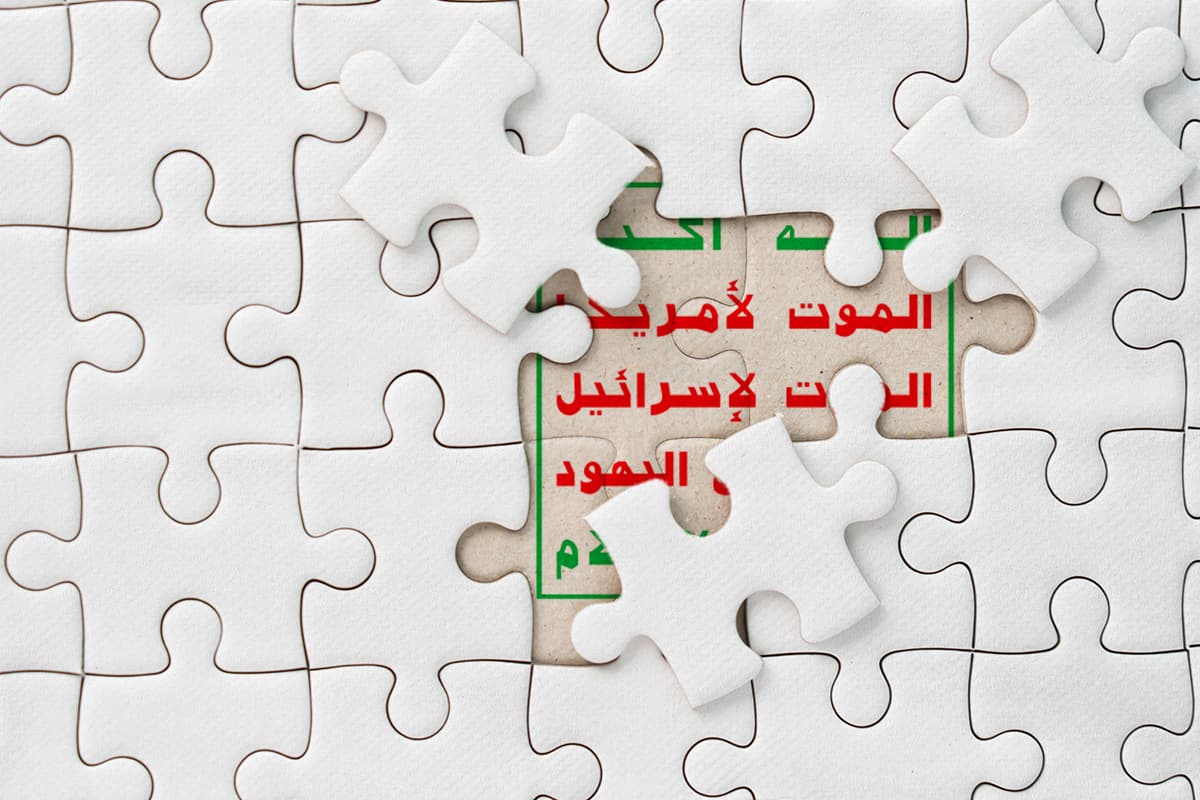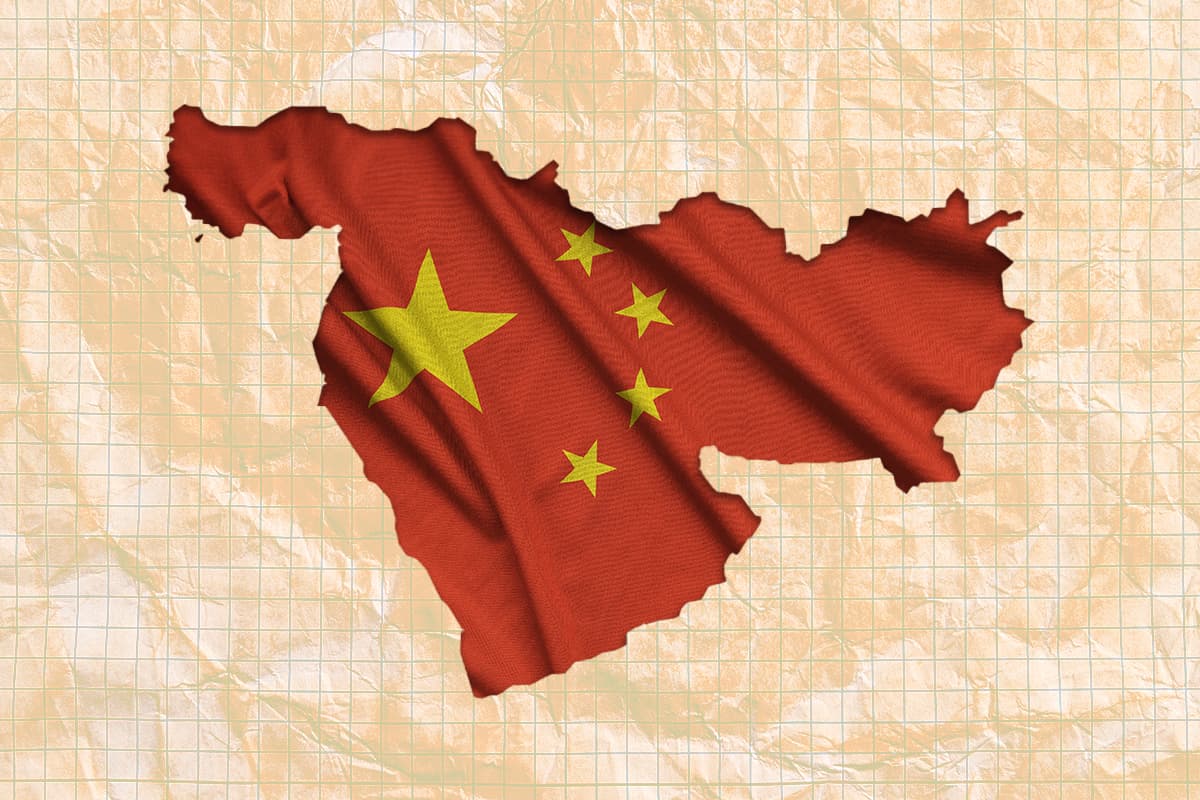Recently, the United States has taken steps to revoke China’s designation under U.S. law as a “developing country,” and China is not happy. The status provides China with a variety of benefits and considerations in treaties and legislation that specify a difference between “developing” and “developed” nations, most notably in those related to climate change. In addition to the loss of practical benefits, the prospect of the removal of China as a member of the Global South Club also ruffles Beijing’s feathers for emotional, ideological, and geopolitical reasons. But with China as an economic powerhouse and looking more and more like a world power in the Middle East, how long will Beijing be able to maintain its “developing” nation status?
Not for America to Decide
The United States may be moving to kick China out of the club, but Beijing is eager to assert its right to remain. A recent Xinhua.net editorial titled “China is Certainly a Member of the ‘Global South’ Family” argued that China’s status as a developing country is tied to its history and ongoing commitment to development at home and abroad, calling it the “historic mission” of the Global South. “China insists on putting development at the center of the international agenda … [and] has always helped developing countries gain the right to equal development.” More than that, it has worked to “decouple” the notion that the West was the only viable model and source of support for development projects. “China has successfully promoted and expanded Chinese-style modernization, broken the myth of ‘modernization = Westernization,’ and provided an important reference for other developing countries to independently explore modernization paths that suit their national conditions.”
Uncle Sam’s real beef
The authors make no mistake about what they see as the real goal of questioning China’s developing nation status: “Its real intention is to make China shoulder international responsibilities beyond its own capabilities, sow discord between China and developing countries, and contain China’s development.” This is not entirely due to jealousy or malice, but also due to the weakening position of the United States globally. “Through the anxious operation of the United States like ‘ants on a hot pot,’ we can clearly see the sense of urgency and crisis in the United States to maintain its existing hegemony and order. As more and more countries in the South say ‘no’ to the United States, the United States needs to rebalance the global order and regard the pursuit of the ‘global south’ as the key to the success of order competition.”
Enter Iran: Oil Greases the Skids
But with the steady rise of China’s economic, political, and (to a lesser extent) military power in important regions like the Middle East, the image of China toiling shoulder to shoulder alongside its poor developing nation allies wears a bit thin. The example of Iran is instructive. Although relatively limited compared to investment in and cooperation with other countries, Sino-Iranian relations have been on the upswing recently “China Strengthens Its Position in Persian Gulf” (see Newsletter 26 July–1 August). Beginning in August, Chinese refineries are set to import 1.5 billion barrels of Iranian oil per day, the highest since 2013. Most of this is driven by the loss of competition from Russian refineries, as Russia has pledged to cut its oil exports, meaning privately-owned Chinese refineries are looking to Iran and India. However, state-owned refineries are looking elsewhere, rather than Iran, due to the financial and political risks associated with violating U.S. sanctions (see Newsletter 2–8 August, “China Shows Poker Face as Iran Looks East”). Despite this lack of state-level business relations, relations with China remain indispensable to the Iranian state as an economic lifeline. Despite this jump, bilateral trade of non-oil commodities remained largely the same, on track to reach last year’s total of around $15 billion in bilateral trade after the first four months of 2023. Nevertheless, it’s a buyer’s market, placing Beijing squarely in the driver’s seat.
Si vis pacem, para bellum
Colt didn’t call its legendary .45 revolver “Peacemaker” for nothing. Preparing for peace, China has announced that it plans to increase its military cooperation with Iran, specifically in the realm of joint military exercises. Speaking about the Shanghai Cooperation Organization (SCO) at the 11th Moscow Conference on International Security (MCIS), Chinese Defense Minister Li Shangfu said that Beijing was looking to “actively deepen defense collaboration with the organization’s newest member, Iran.” But he went on to say that “Beijing is ready to hold joint military drills and exercises with all countries, as well as find a wider space to hold drills and strengthen international cooperation in the field of arms control and non-proliferation.” China also met directly with a delegation of Iranian military officials led by General Aziz Nasirzadeh, the deputy chief of the joint staff of Iran’s armed forces, during the MCIS. As this military cooperation remains limited to joint exercises and is mostly an expansion of activities that have occurred in the past, it is no real cause for concern or alarm, but it does point to China’s expanding role as the more powerful partner in the region, rather than a relationship between relatively equal parties.
Bringing Chinese to Saudi Arabia
China’s expanding role is not all oil imports and military partnerships, however, as Chinese soft power and person-to-person connections continue to be a focal point for Beijing and its regional partners. SAUDIA, the national airline of Saudi Arabia, flew its first direct flight from King Abdulaziz International Airport to Beijing on 4 August. This was part of a wider strategy designed to woo Chinese tourists to the kingdom. The Saudi Arabian Tourism Authority issued a statement on 8 August saying that Saudi Arabia had launched a number of measures to facilitate Chinese tourists, with the goal of attracting 4 million by 2030, including future plans to have direct flights to Guangzhou and Shanghai. Saudi officials also added China as an option for express e-visa approval, simplifying the process of visiting, as well as establishing special programs and discounts for large groups and families of Chinese travelers. The phenomenon of other countries trying to attract relatively wealthy tourists to spend money on the local economy by no means is exclusively targeting developed countries, but it again highlights the degree to which China is increasingly occupying social, economic, and political space in the region once reserved for the West.
No Permanent Friends, Only Permanent Interests
For now, China seems convinced that its status as a member of the Global South is secure, but its role on the team of “developing nations” now appears to be more as manager than just another player among equals. While membership might appear to be based on a common ideology and the desire to break the surly bonds of Western hegemony, African, Latin American, and Middle Eastern countries are actively courting Chinese developmental aid, tourist dollars, and economic engagement—they aren’t likely to kick China out of the club based on its perceived level of hard of soft power, or on definitional niceties. They embrace China because of its power, not in spite of it. Major players in the region like Iran and Saudi Arabia look to China as a powerful source of funding, prestige, and support that is increasingly on par with and comparable to the West. At the same time, China is aware that in international politics there are no friends, only interests, a principle noted by various statesmen from Lord Palmerston to de Gaulle. Indeed, countries of the Middle East seem to judge it in their interest not to supplant or usurp U.S. interests there, something made obvious by negotiations between the U.S. and Saudi Arabia to normalize relations with Israel, as well as Saudi Arabia’s ongoing reliance on U.S. military hardware and defense systems. One wonders whether even the Chinese leadership would want or be prepared to deal with the resulting power vacuum if the U.S. quit the region entirely.

